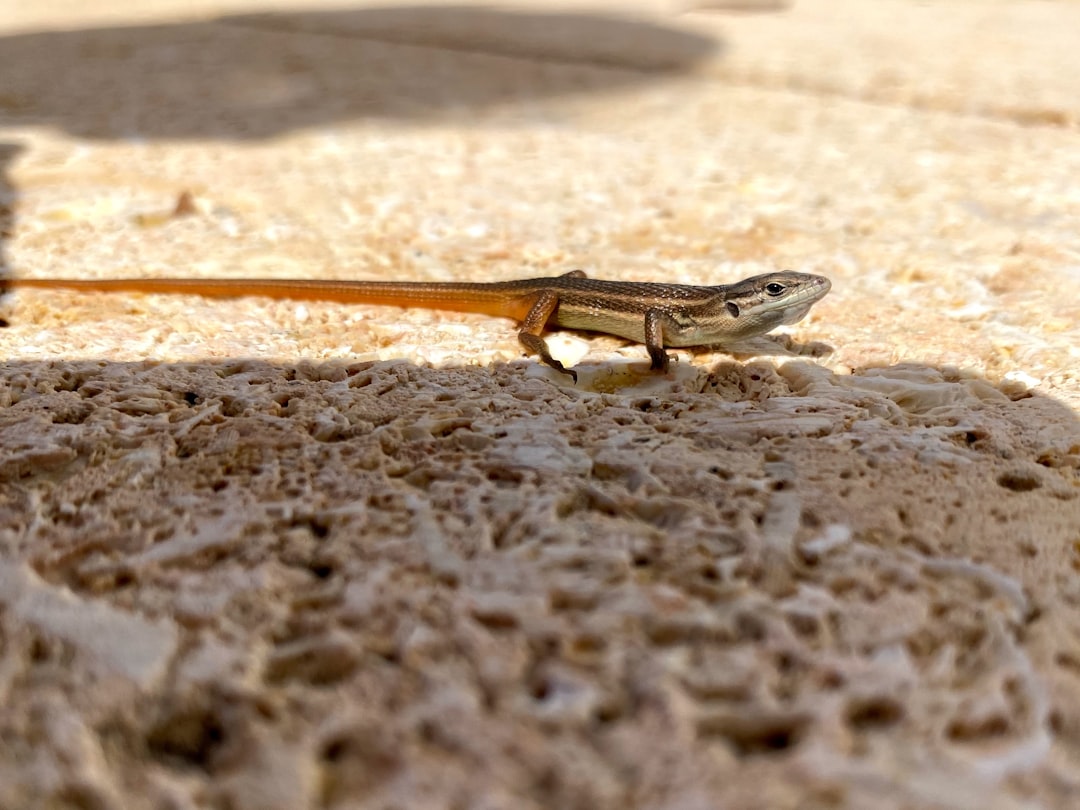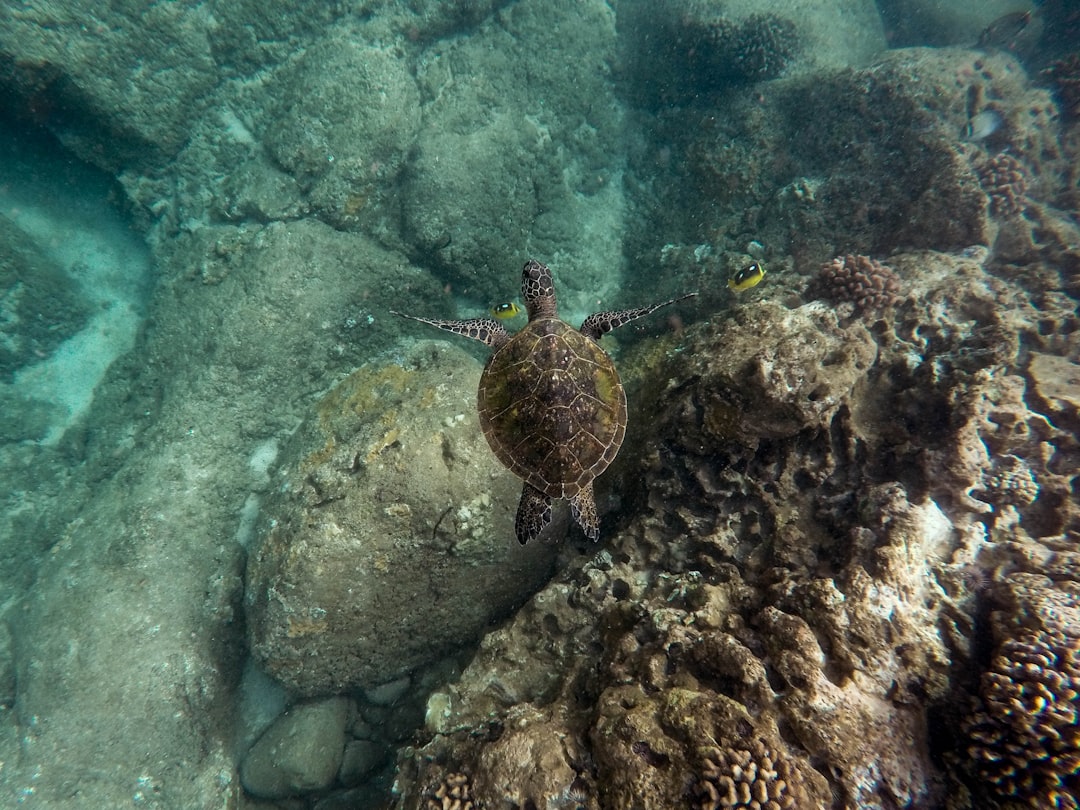What is it about?
To report is the objective of this article on the emergence and establishment of an Australian tadpole shrimp in Japan, which regards as endemic to the Australian continent. Currently, except for this case, no information is available on the distribution of this species outside of Australia. Given the lack of knowledge about the potential impact on Japanese ecosystems, it is essential to conduct further research to understand the invasion route and habitat and identify appropriate countermeasures against this new invasive alien species. In addition, the author provides nine new COI sequence data, which coincidentally suggest the existence of new genetic lineages. These findings are significant as they add to our understanding of genetic diversity and its management and conservation.
Featured Image

Photo by Photoholgic on Unsplash
Why is it important?
The author's research on the mechanism of competition and coexistence between native and alien species of tadpole shrimp in rice paddies is both informative and thought-provoking. The discovery that the Australian species of tadpole shrimp are capable of self-fertilisation, as observed in his research in southern Japan, is surprising. This animal intruded into Japan through white sand (imported from western Australia to nourish a Japanese tourist beach). The resting eggs can produce an entire population and quickly spread through tidal currents to other coastal areas. As such, it is critical to assess the impact of this new alien shrimp on the rice paddies, such as reduced crop yields, altered nutrient cycling, or increased competition and predation pressures, which is an urgent task that requires further investigation.
Perspectives
The project nourishing the tourist beach in southern Japan, designed to prevent disasters caused by quicksand, was established by hydraulics and watershed engineering. As a public project, it might be essential for the well-being of human society. However, insufficient impact consideration on the environment resulted in the introduction of a new invasive alien species into the area from western Australia. This unfortunate outcome highlights the importance of biological and ecological aspects in all engineering projects. It serves as a reminder that human actions can have unintended consequences and that we must be more mindful of our impact on the natural world. Thus, this case offers a valuable lesson for all professionals involved in engineering and infrastructure projects. It also underscores the need for a multidisciplinary approach to technical expertise. By doing so, we can ensure that our projects are helpful for their intended goals and sustainable and beneficial to both humans and the environment.
Dr. Hidetoshi Naganawa
Tokai National Higher Education and Research System
Read the Original
This page is a summary of: First record of Triops strenuus Wolf, 1911 (Branchiopoda, Notostraca), a tadpole shrimp of Australian origin, from Japan, Crustaceana, February 2018, Brill,
DOI: 10.1163/15685403-00003759.
You can read the full text:
Contributors
The following have contributed to this page










